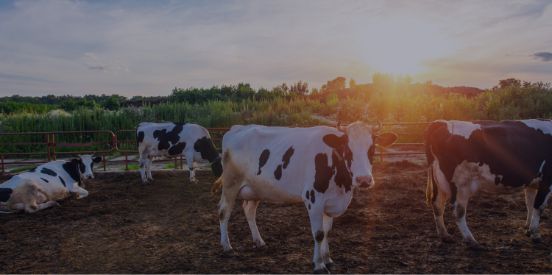CORN
Corn futures eased overnight, but not before testing Wednesday’s new highs after rallying back yesterday. President Trump tweeted that tariffs on all Mexican goods coming into the U.S. will now be imposed until a solution is found regarding illegal immigration. This, and end-of-the month position squaring is likely sending the grain and oilseed markets into a modest retreat. Dec corn is down 4 cents this morning to 4.48. Wet weather concerns continue to be a primary and major issue for corn production with extremely heavy trade volume noted this week. We’ll look for the 4.50 price area to be a pivot point moving forward with abandoned acres being supportive, and a drier trend in the forecast from June 4 to 12 coupled with hedge and sell pressure providing some resistance.
SOYBEANS
Soybean futures were down a nickel overnight after edging out yesterday’s session highs. The concept of late planting continues to underpin bean prices as does strong technical buying. Meal is getting a lift from the worker strike in Argentina protesting the economic situation in that country.
WHEAT
Wheat futures were down 8 cents overnight in the CBOT contracts, only 3 to 4 in KC. Like row crops, wheat futures did eclipse Thursday’s highs before retreating in a corrective move after one of the stronger days in recent memory. Continued short covering and general concerns of too dry in parts of the southeast, along with too wet in the central and northern Plains are seen as positive factors keeping prices between 100 and 200 day moving average trading ranges.
CATTLE
Cattle futures are called steady to higher. Prices plummeted on Thursday on what we believe was traders exiting after futures failed to rally on firmer cash bids, or managed money moving out of cattle and into grains. Limit losses in feeders will mean expanded limits today.
HOGS
Hog futures are called mixed. Prices remain choppy but under pressure over the last few weeks as record supply, sluggish pork cutout values and higher hog weights weigh on sentiment. More confirmed cases of ASF in China could be viewed as positive for U.S. pork.

